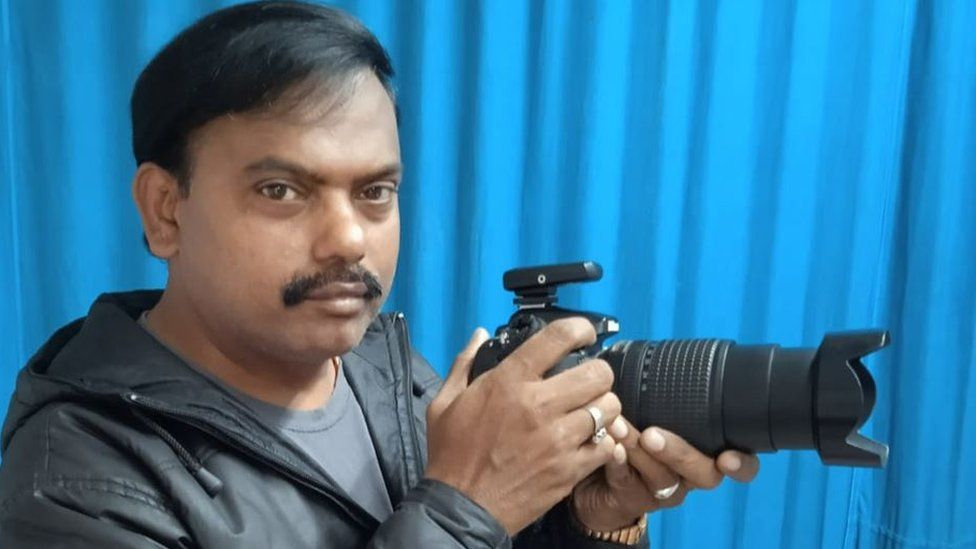-

-
-
Loading

Loading

Content warning: This article contains descriptions and images of deceased individuals. Ravindran and Richard Kennedy, both sons of photography studio owners, share their experiences as photographers specializing in capturing images of the dead in the southern Indian state of Tamil Nadu. In the past, many communities believed that being photographed would shorten their lifespan, resulting in individuals only having their first photo taken after their death. These photographers discuss their unsettling work, which was a well-paying occupation in the 1970s and 1980s. Despite initially finding the job unpleasant, Ravindran eventually developed his own techniques to make the deceased look presentable in photos. Richard recalls his emotional experience photographing a deceased newborn baby, while also documenting other ceremonies such as washing the body and decorating it with flowers. Both photographers worked on tight deadlines, using relatively basic cameras to take black-and-white photos. Their customers were mainly Hindus and Christians, some of whom still keep the photos of their deceased relatives in prayer rooms. Richard also worked for the police department, capturing images of unnatural deaths for use as evidence in court cases. Although they were well-compensated for their work, there was a stigma associated with their macabre profession. The practice of photographing the dead used to be prevalent in many countries but gradually declined in the 20th century. In Tamil Nadu, however, it continued for a longer period of time. Richard sees these images as an extension of portraiture, while Ravindran credits his experience with helping him overcome his fear of death. However, he does not want anyone to photograph him after his own passing. Unlike Ravindran, Richard still maintains a large collection of photos of the deceased, including family members, which are considered part of his family's heritage.